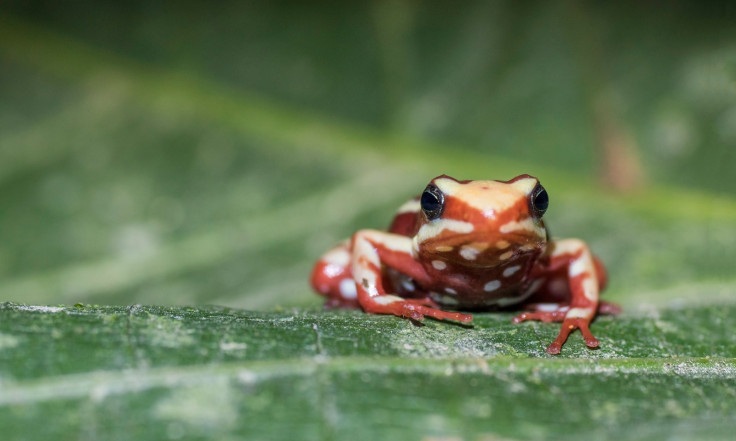Shazam for frogs could save amphibians from extinction
Four frog species in Australia have already become extinct.
A new smartphone app that can detect different types of frogs by hearing a croak could be instrumental to protecting several endangered species.
The Australian Musuem is launching a nationwide initiative to count the country's frogs, and researchers believe the application will greatly speed up the process.
FrogID was developed by IBM and works similarly to music identifying app Shazam. Whenever users think they hear a frog, they can open the app with location settings on and identify the species.
The signature croaks come from male frogs trying to attract females.
Amphibian and reptile conservation biologist, Jodi Rowley, said frogs are hard to identify by sight, because of so many similarities, and their front legs need to be inspected to be sure.
There are 240 known native frog species in Australia, four of which have already gone extinct. A further five are critically endangered, 14 are endangered and 10 are vulnerable.
Rowley told the Sydney Morning Herald that frogs are an "incredibly threatened group of animals". "Globally it is 42% of all species (that are threatened), which is faster than birds and mammals," Rowley said. "And one of the major obstacles in preserving frogs is a lack of knowledge.

There is also hope that app users will discover frogs that have not been seen since the 1970s. The Peppered Tree Frog, for example, lived in New South Wales' Northern Tablelands but may now be extinct.
"It is a little bit of a needle in a haystack because it is about two centimetres in body length (and lives in deep gorges)," Rowley said. "This is one species where it would be amazing if somebody out there recorded its call."
The app will also be used to track Cane Toads, an introduced species in Australia that is now considered a feral species. It was brought in to control native beetle populations that were feeding on sugar cane. But the plan did not work and Cane Toads became a pest in their own right. Worst of all, they had no impact on the beetle population.






















